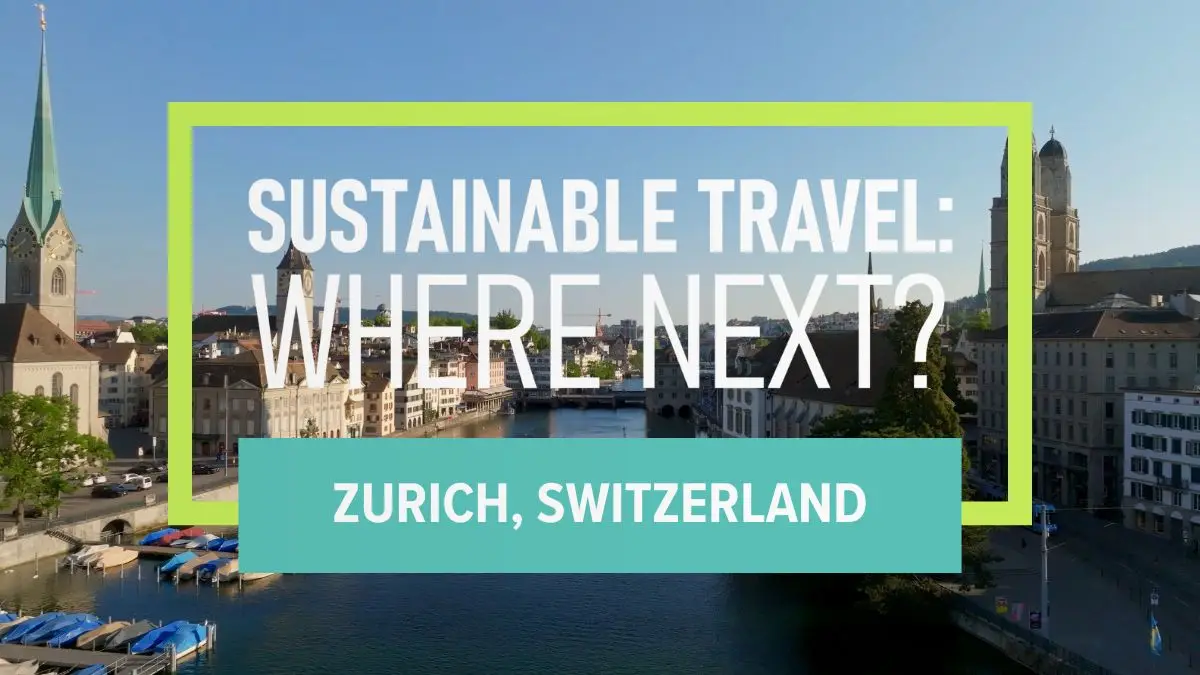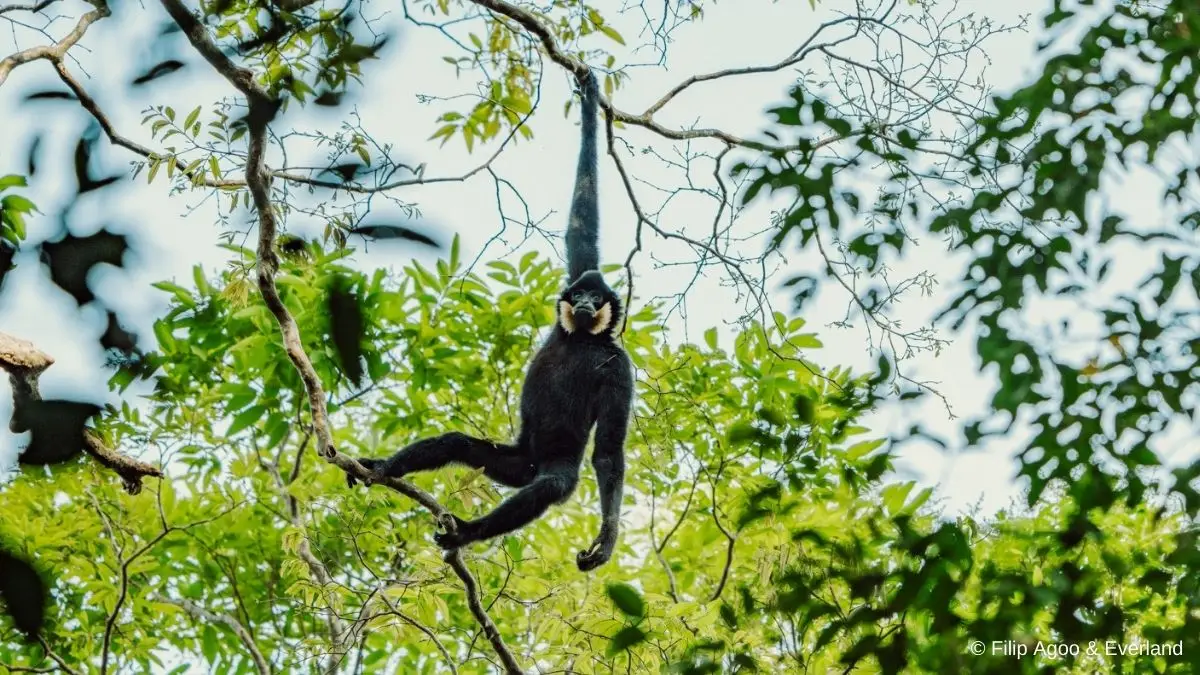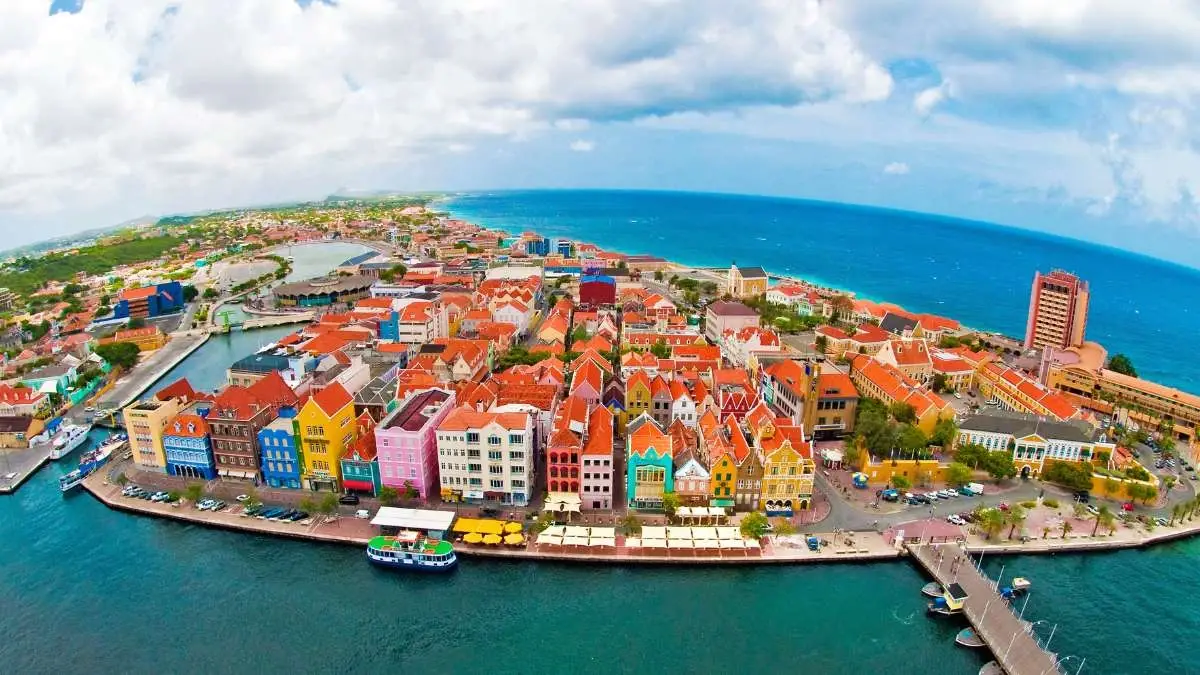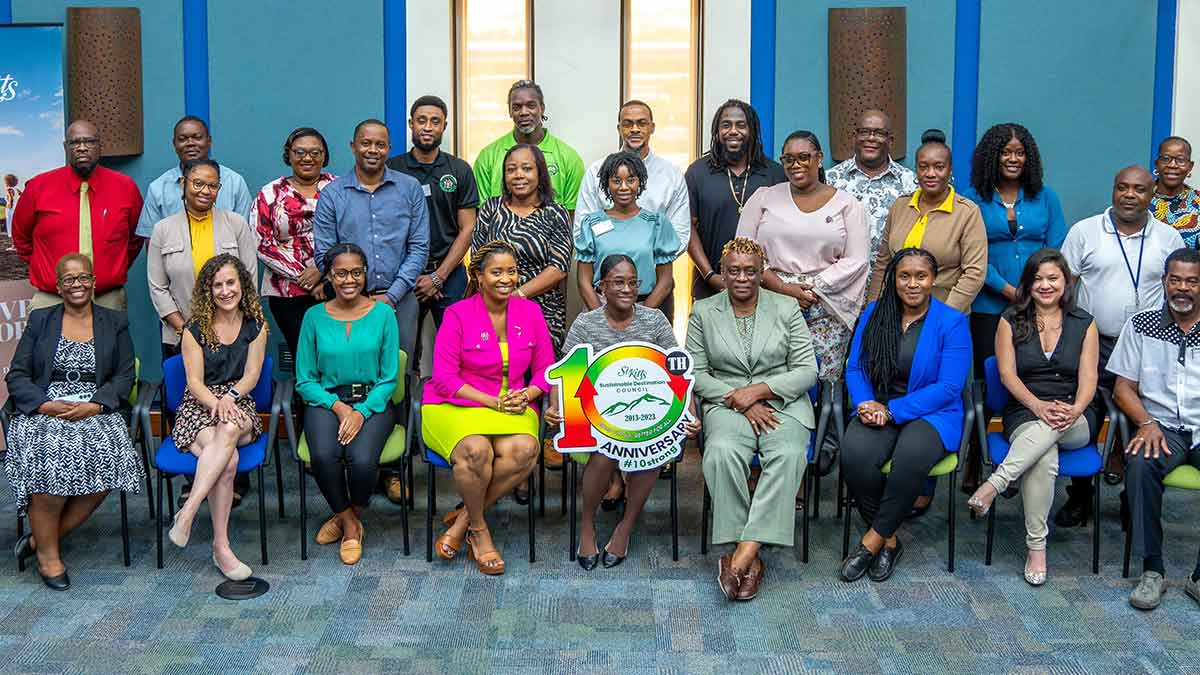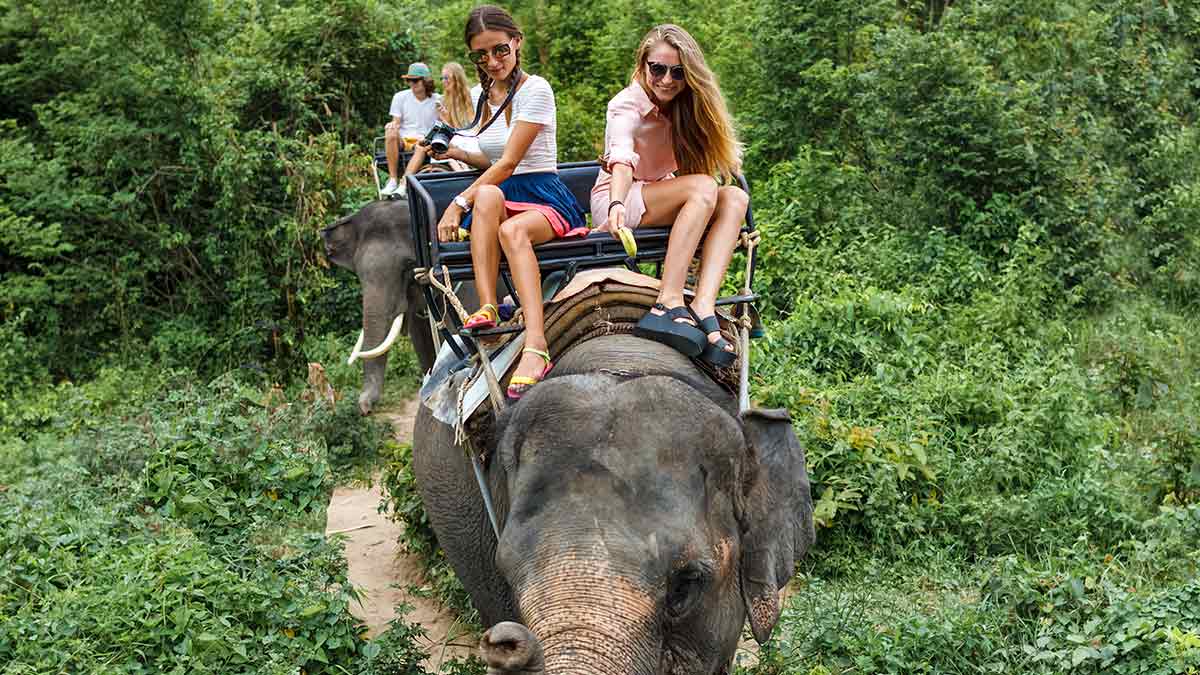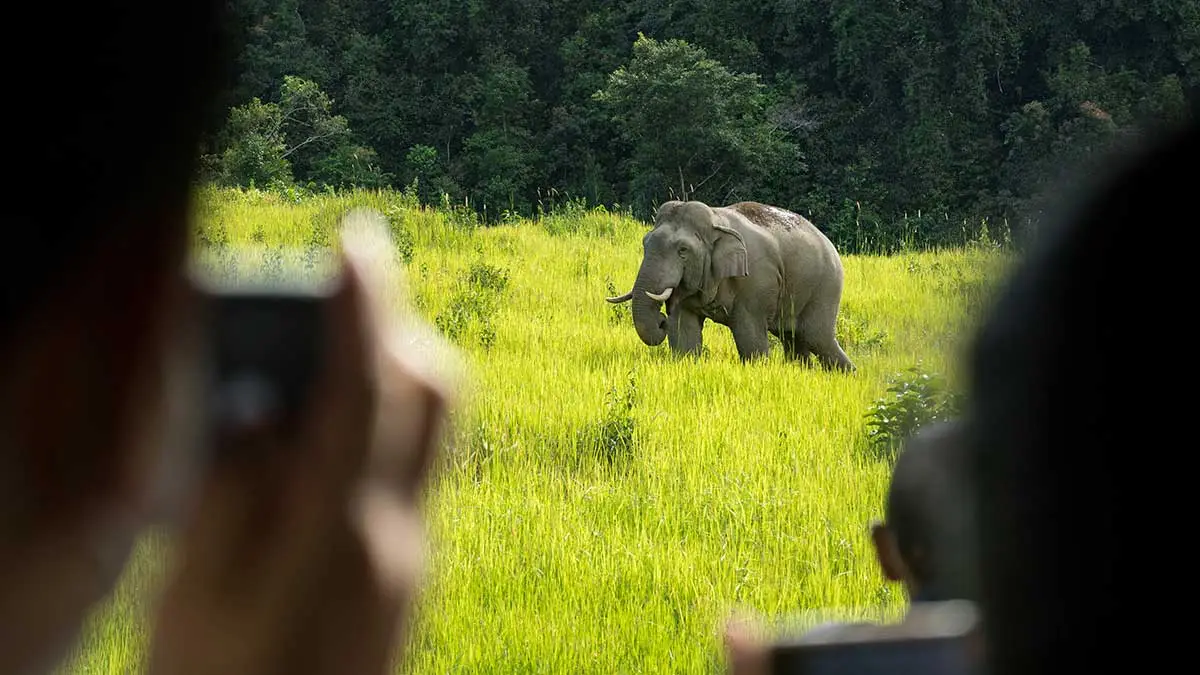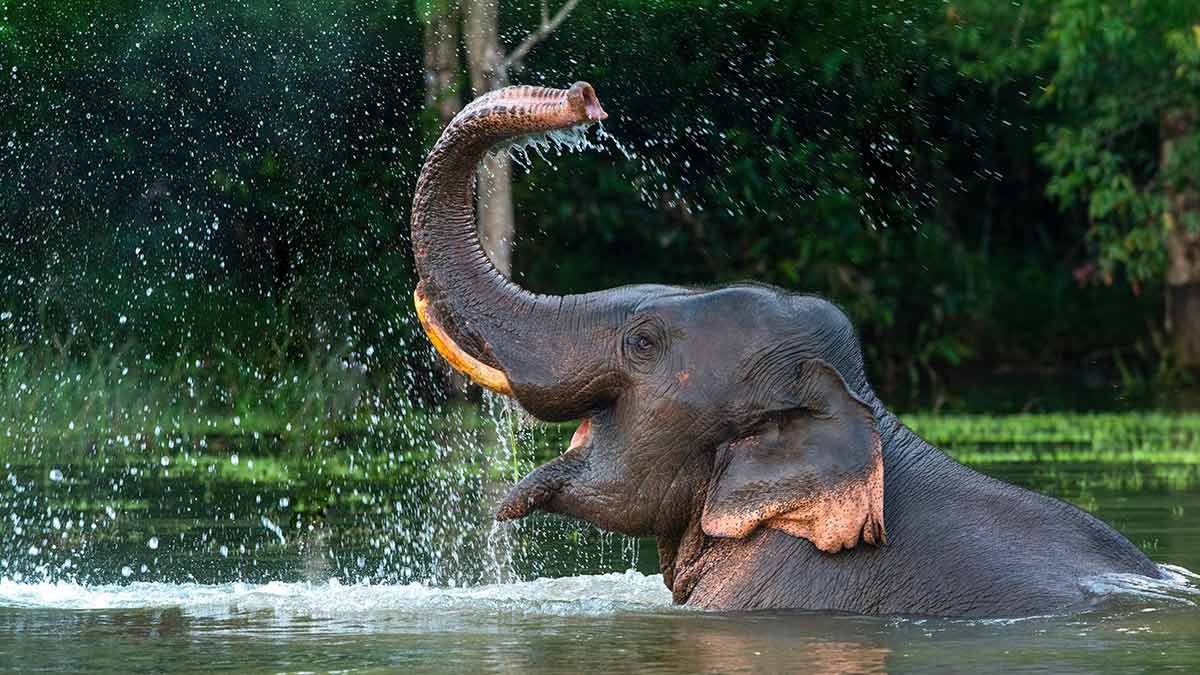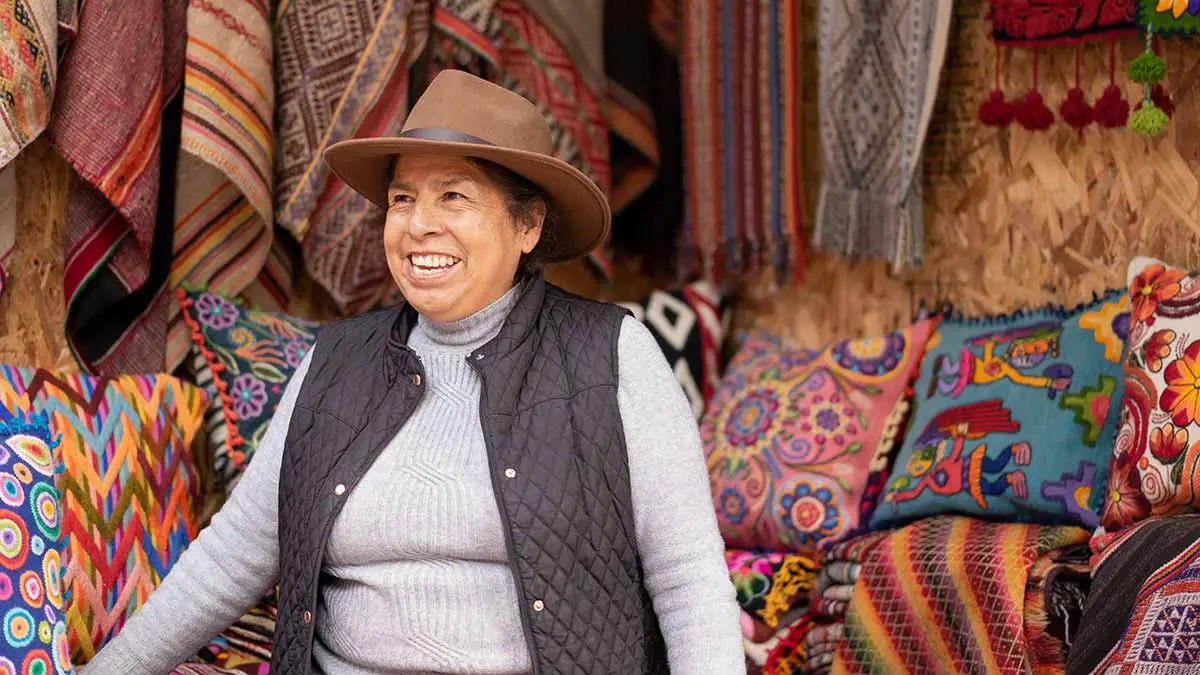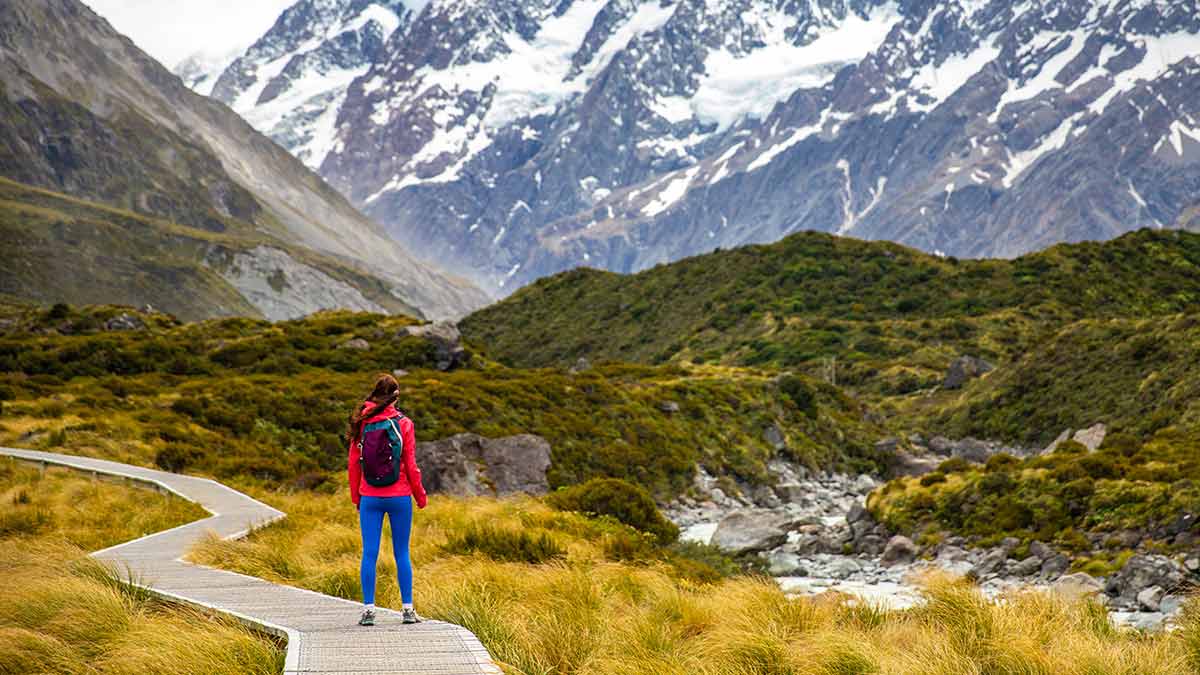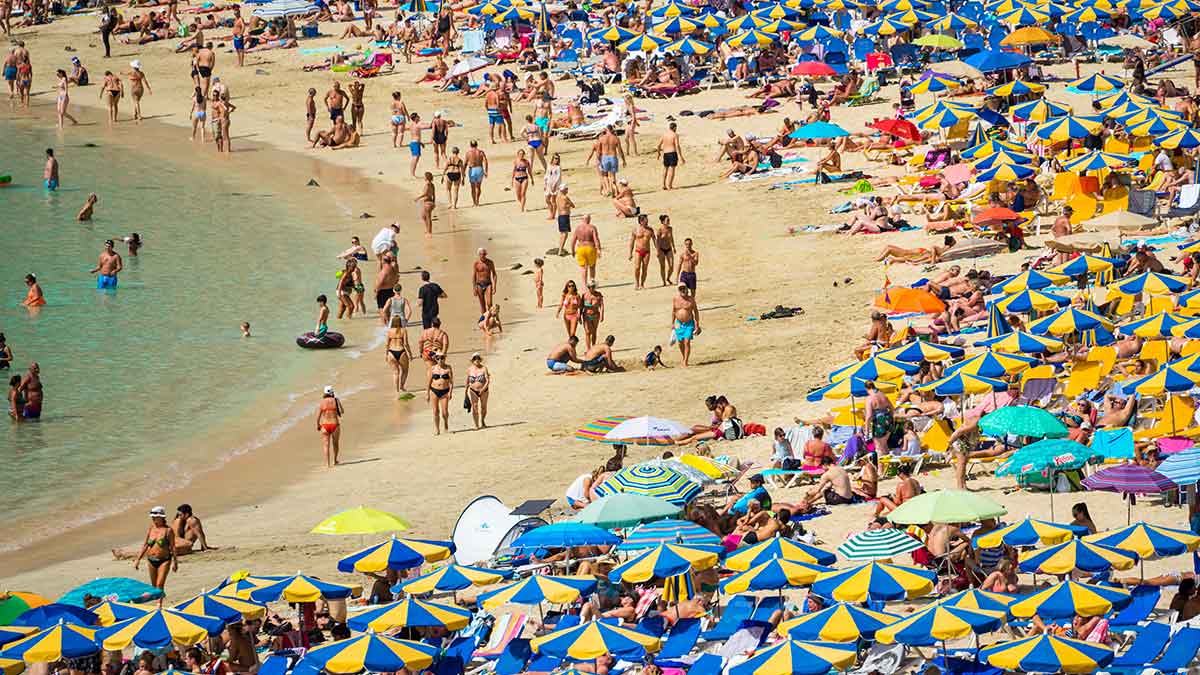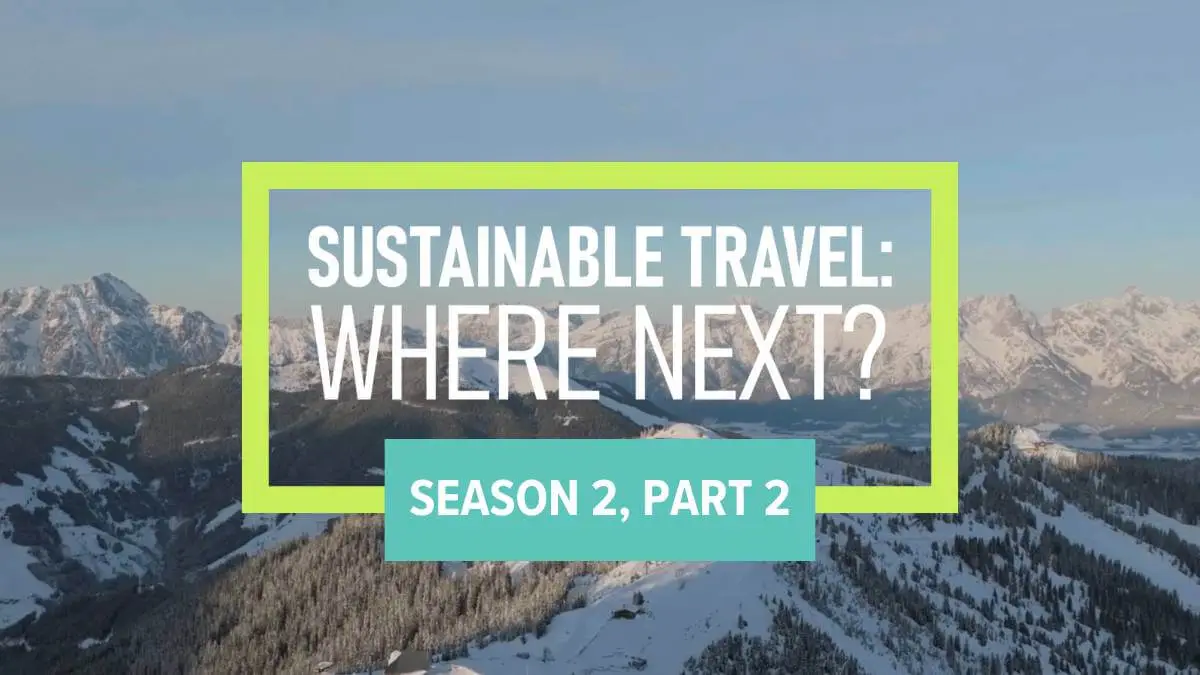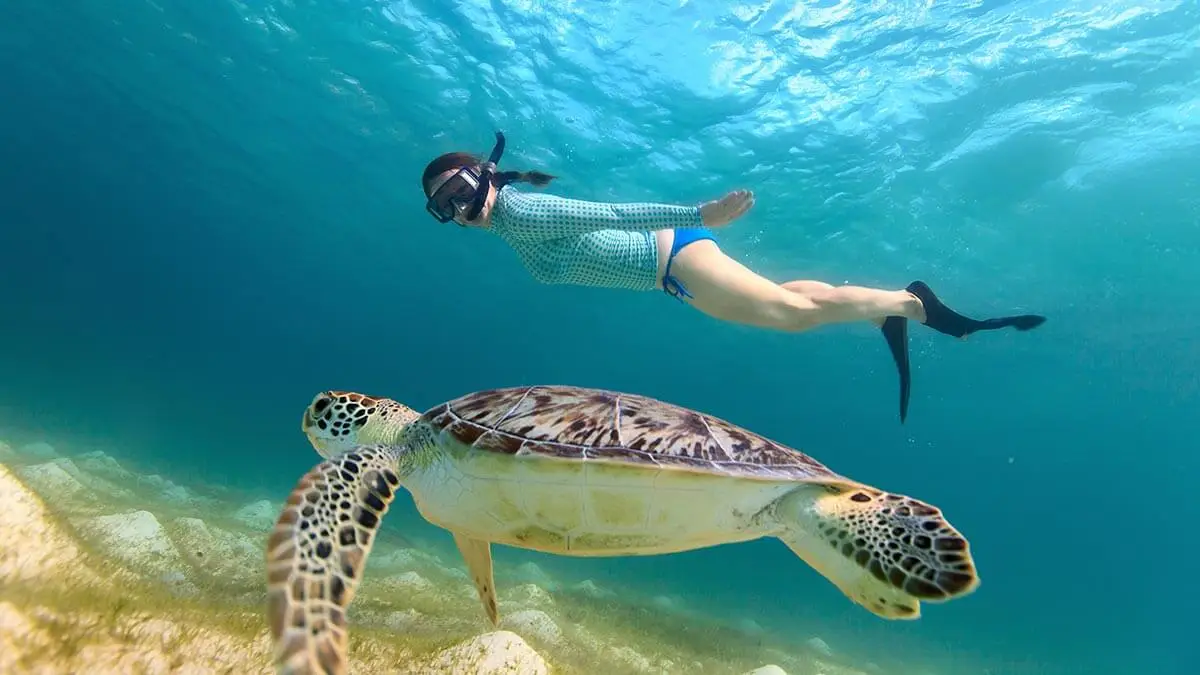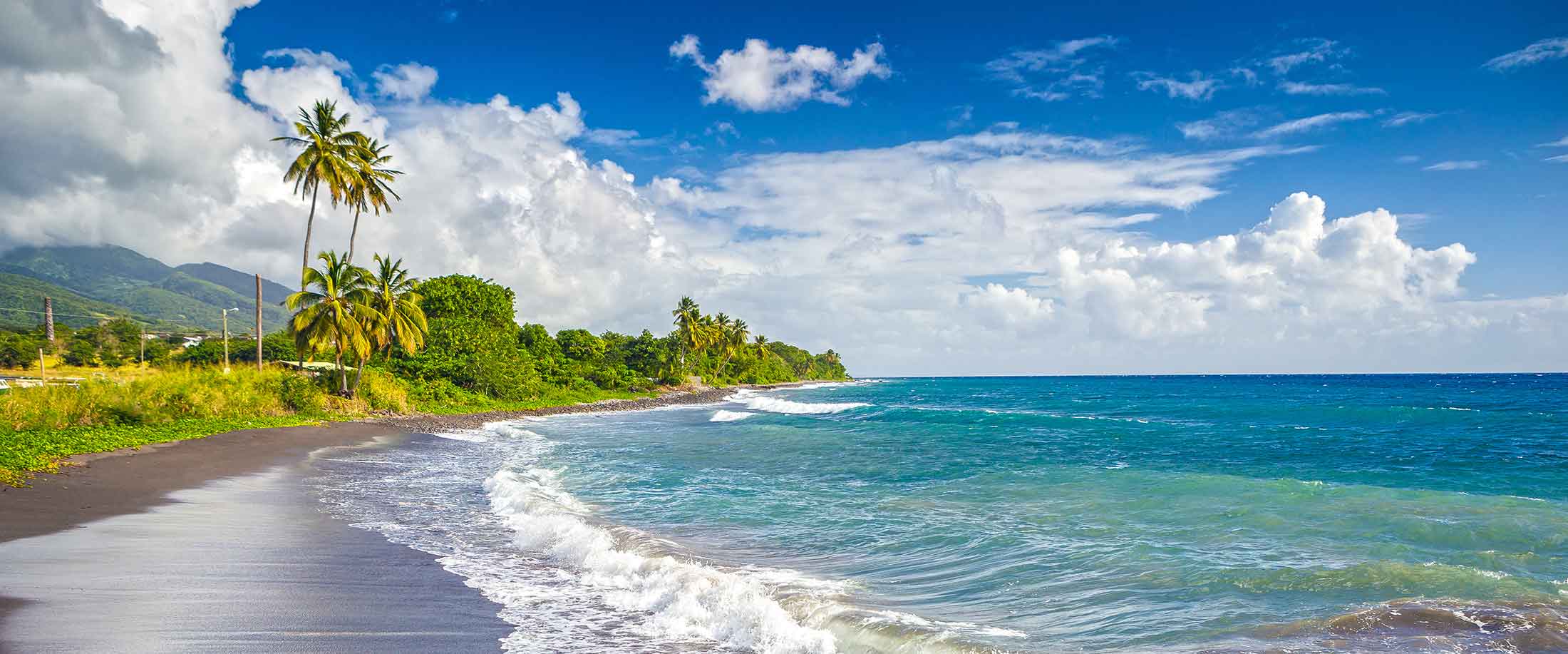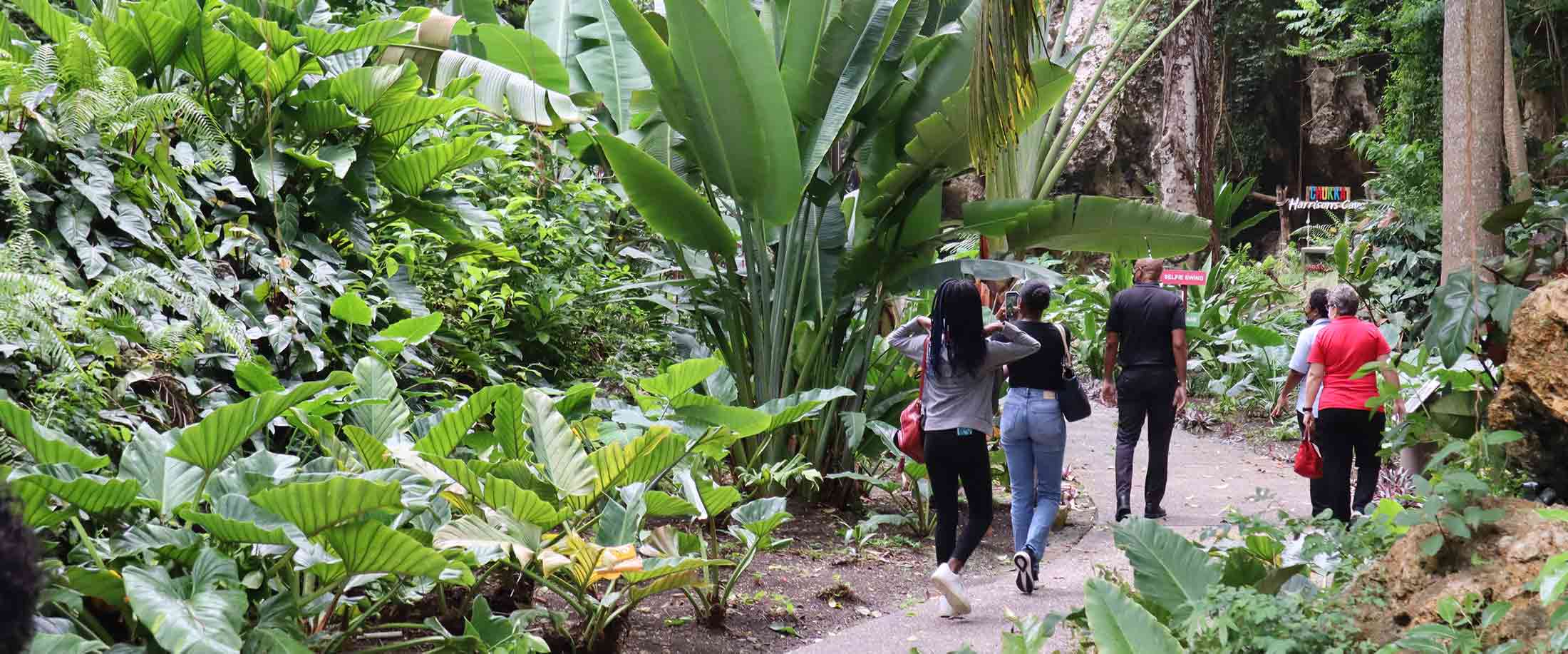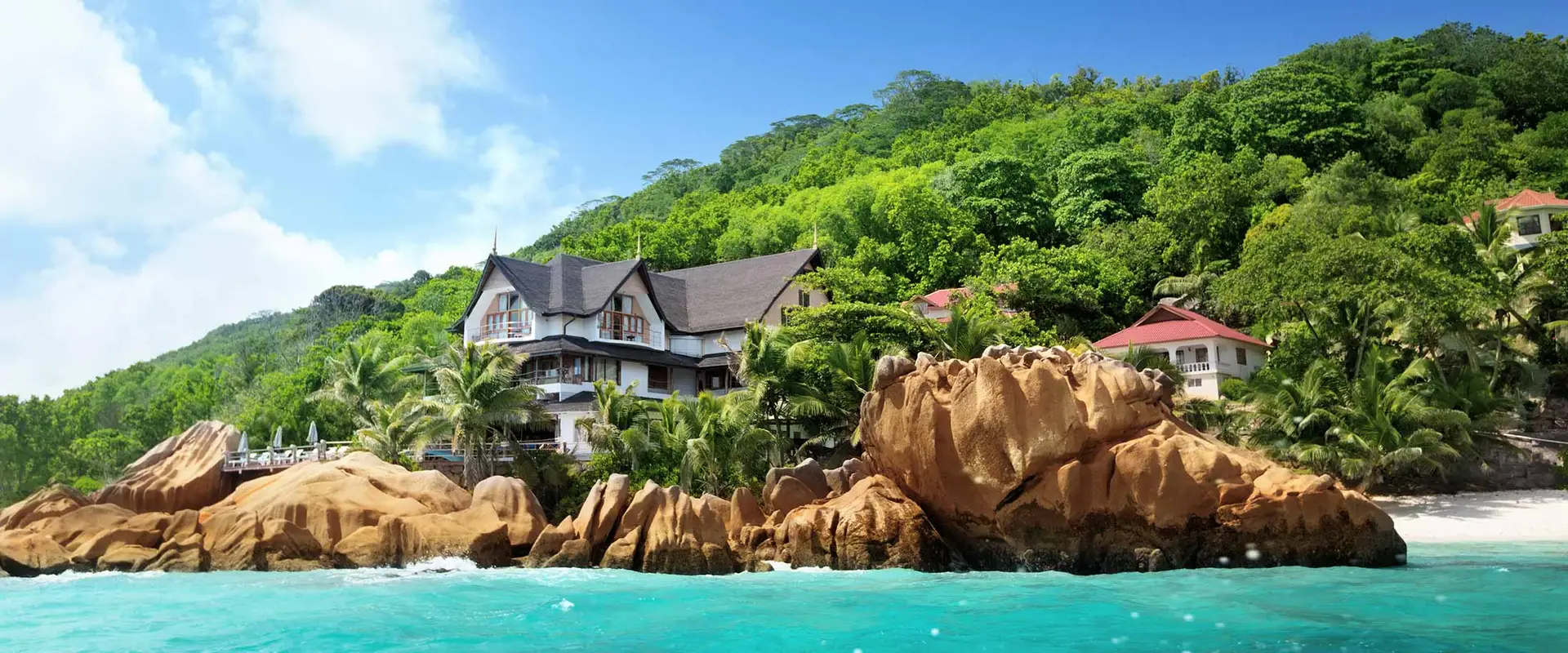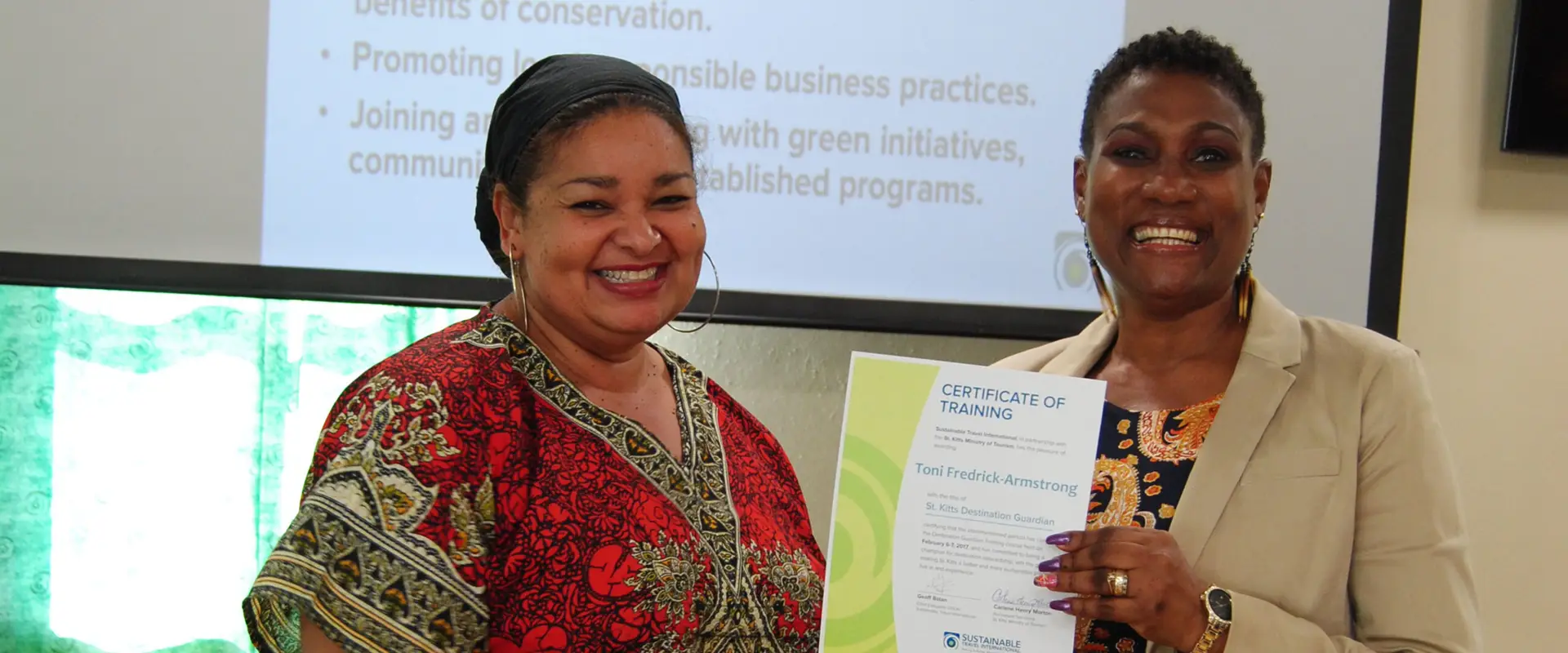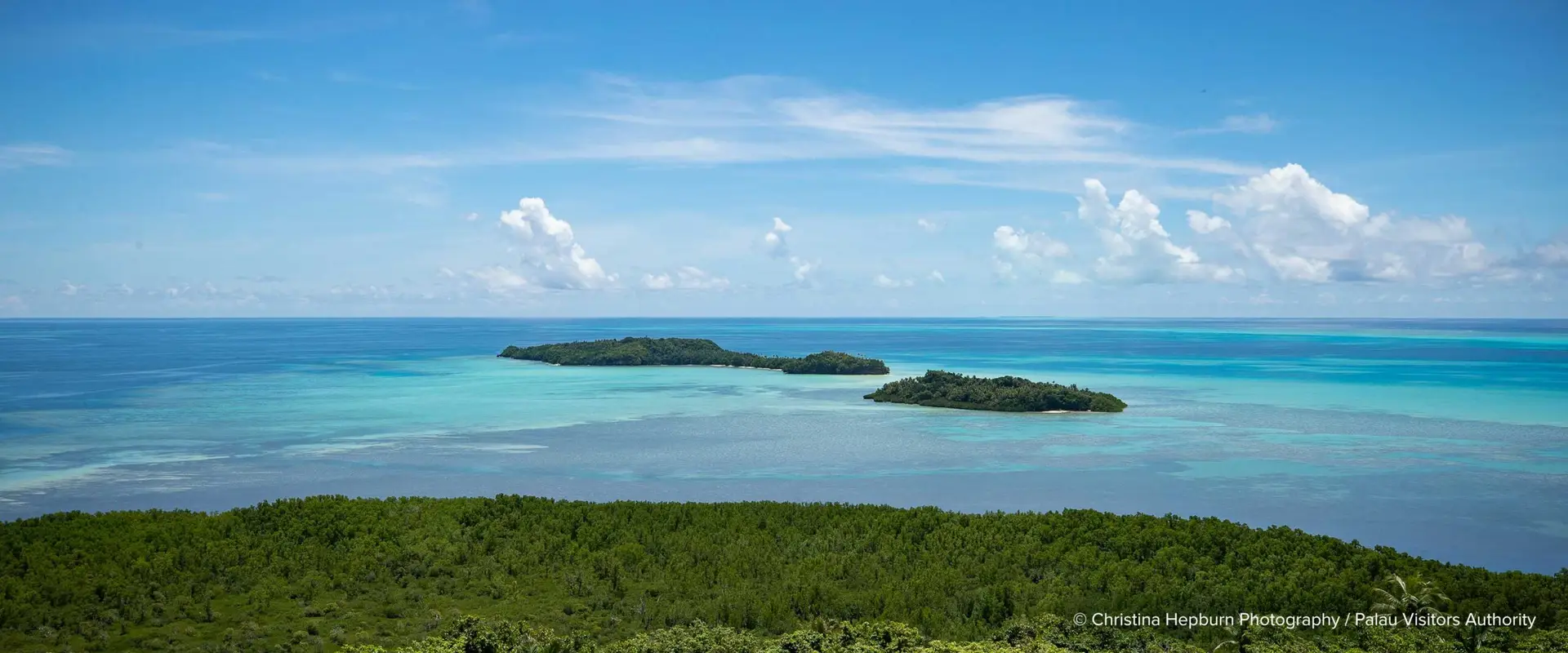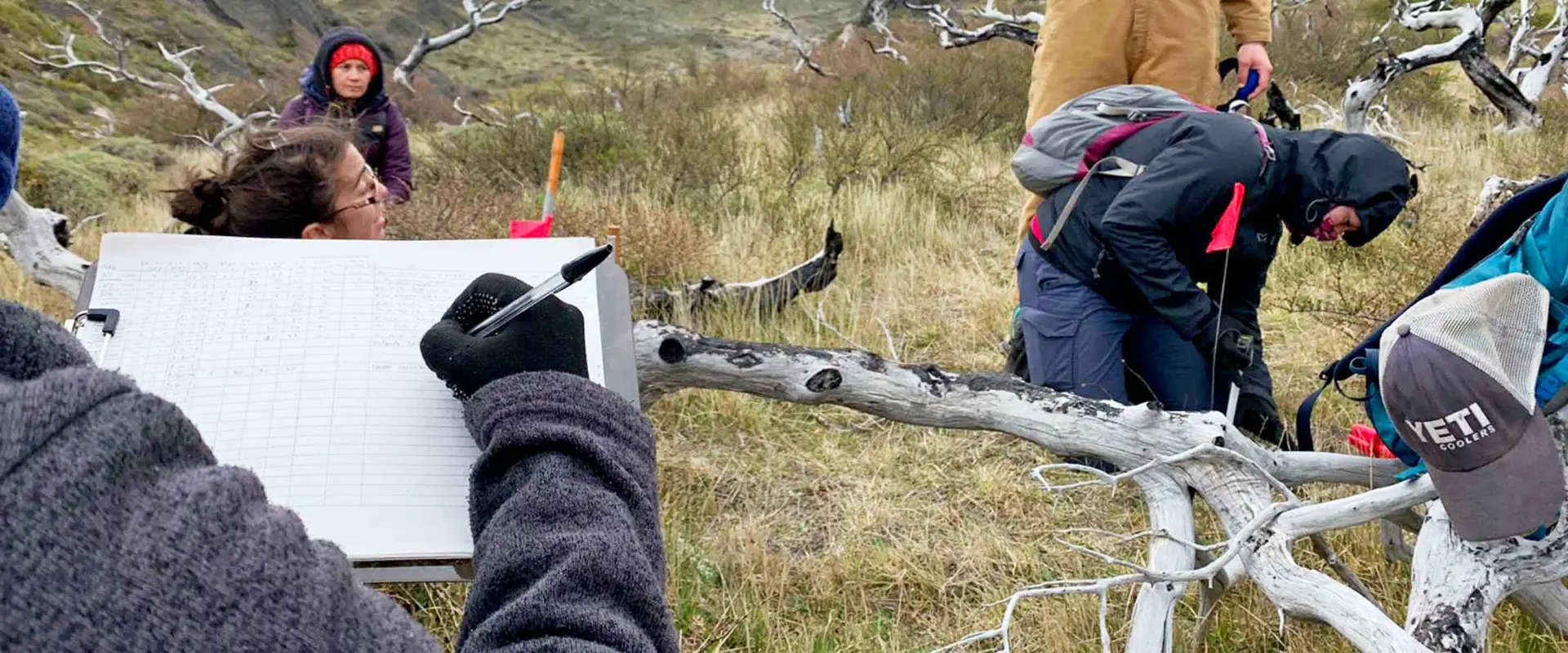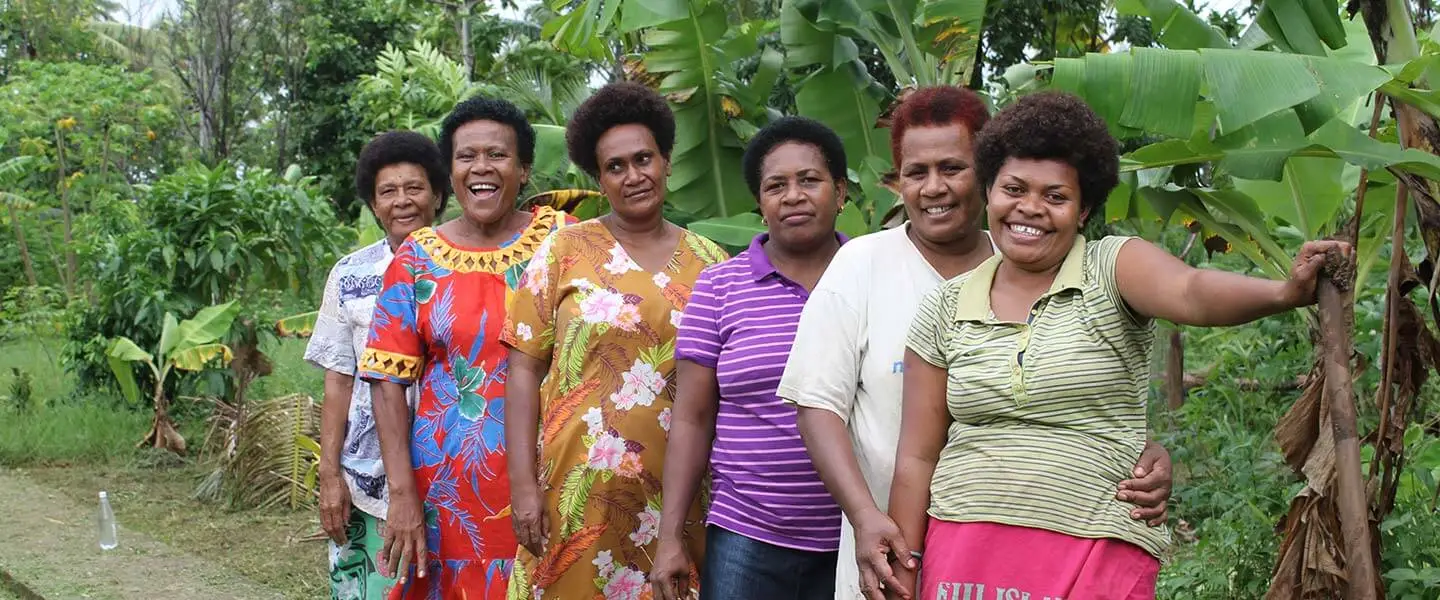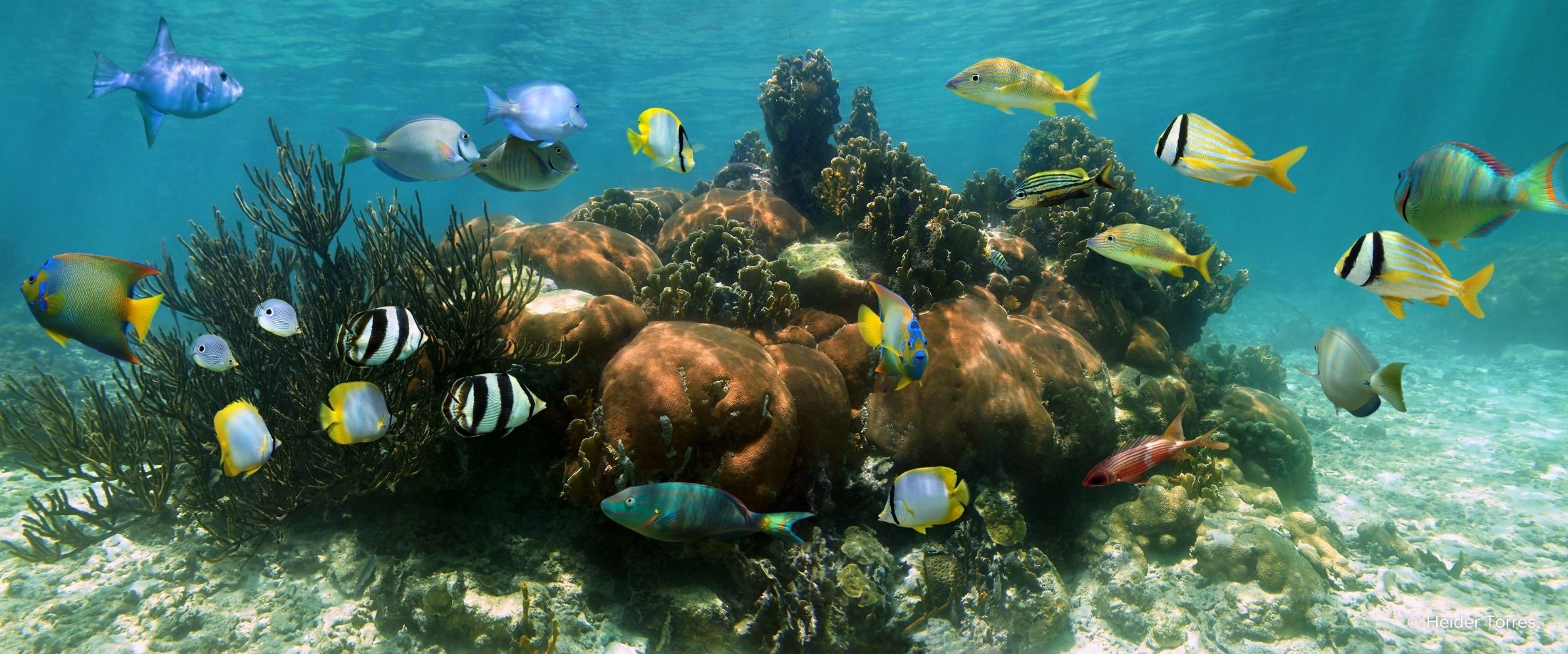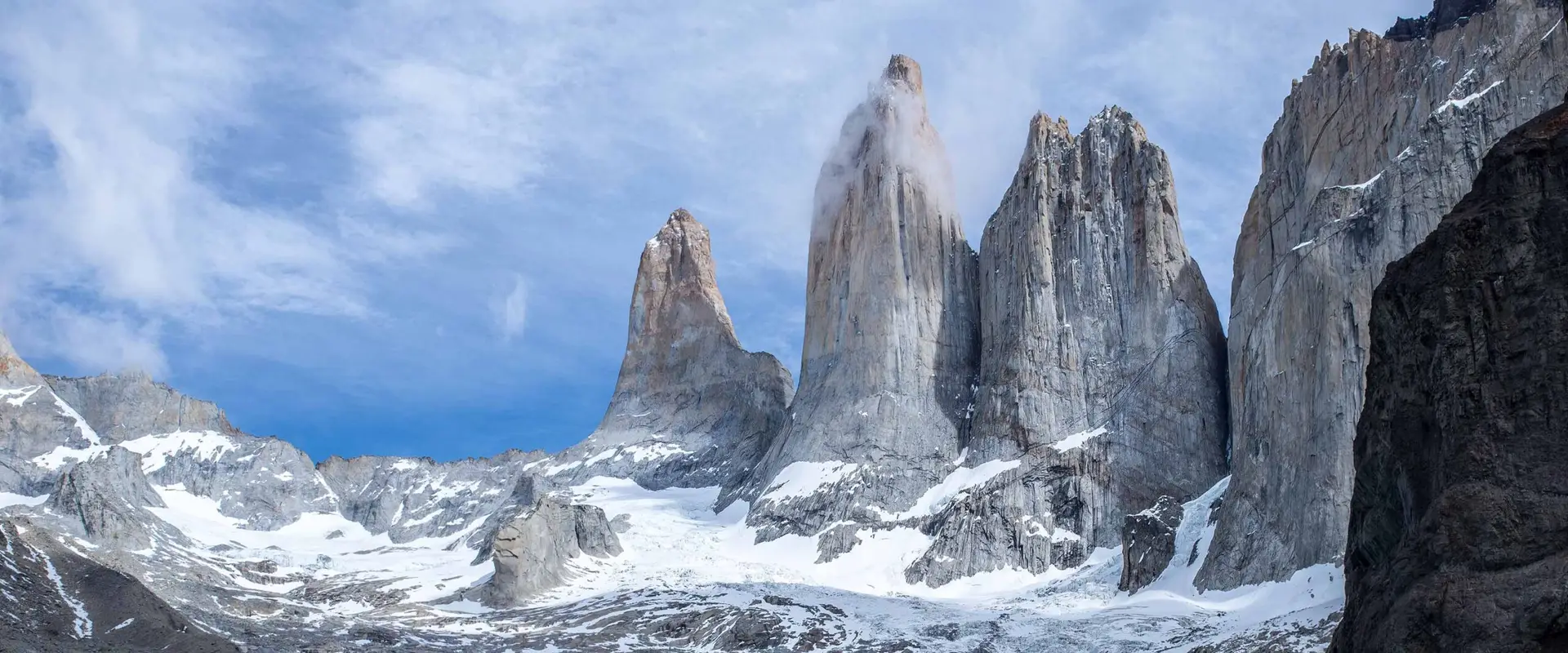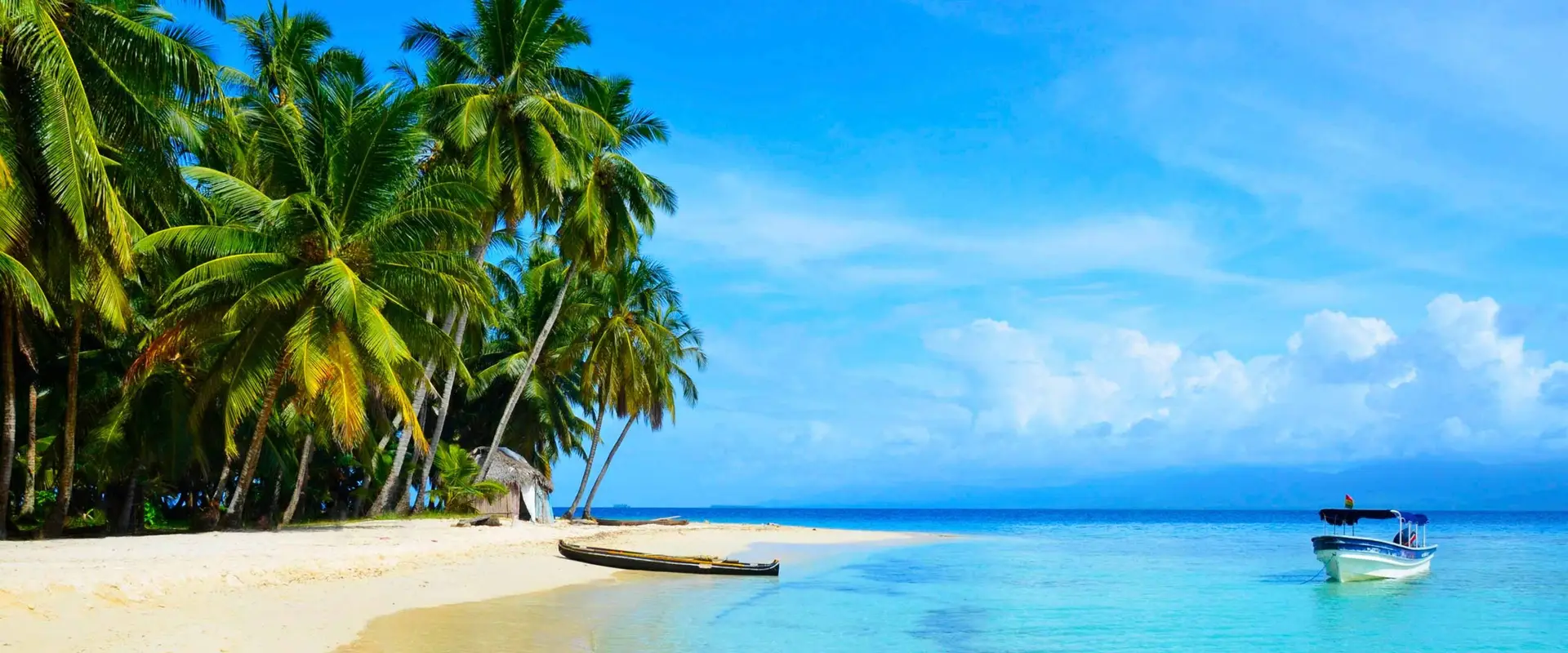Safeguard Nature
Safeguard Nature
Conserve the fragile ecosystems that tourism depends on
Travel allows us to discover some of our planet’s most stunning natural wonders and diverse ecosystems. From vibrant coral reefs and lush rainforests to snowy landscapes and soaring mountain peaks, our natural world provides countless opportunities for exploration.
Because tourism connects people with nature, it has the unique ability to spur environmental responsibility and conservation. But when tourism is not sustainable, it can have the opposite effect and devastate the environments it relies on. If we want to preserve the wild places that inspire us, we must take care to minimize our harmful impacts and protect the fragile ecosystems we visit.

What's At Stake
Through our work, we aim to protect our planet’s most treasured, yet vulnerable natural assets.
People Need Nature
The natural places, animals, and plants that we discover during our travels also are important to the local people who live in the places we visit. Indigenous communities tend to have an especially intimate relationship with the natural world as they rely heavily on the land and its resources for their traditional ways of life. Trees supply timber for building and heating homes. Fish nourish and sustain remote coastal communities. Native plants are used for ceremonies and healing purposes. Different animals hold spiritual significance and are cultural icons.
As travelers, we must take care to protect local lands and ecosystems that we visit. Because while these places are destinations to us, others call them home.
What We're Doing

Natural Climate Solutions
Our carbon offset program channels funding to nature-based projects such as forest protection and mangrove restoration.

Environmental Awareness
We educate tourists, communities, and businesses on the importance of conservation and how to protect the world’s natural treasures.

Eco-Friendly Businesses
We help tourism businesses green their product offering and implement practices that conserve natural resources and environments.

Sustainable Tourism Destinations
We help destinations strategically plan for sustainable tourism development and manage the environmental impacts of tourism.
Did You Know?
Two-thirds of travelers are motivated to travel to experience nature and beautiful scenery
Wildlife tourism directly contributes more than $120 billion to global GDP each year
75% of terrestrial environments and 66% of marine environments have been severely altered by humans
More than
1 million plant and animal species are now threatened with extinction
News & Stories
Projects that Conserve Nature & Wildlife
Transform Your Impact on Nature
Your can help conserve the natural places and wildlife that fuel your explorations.
Protect the Places You Love
Give back to conserve our planet’s most vulnerable destinations and empower the people who live there. Join the movement today.
Stay Connected
Get our email updates to see how we’re protecting our planet’s most vulnerable and treasured destinations










